Former Kakuchi School (1)
I walked to the front of the former Kakuchi School.
But there was an unfortunate notice.
A sign said, “If you would like to visit the Kakuchi School, please ask at the library counter," and the hours are from 10:00 to 16:00.
I arrived here after 17:00.
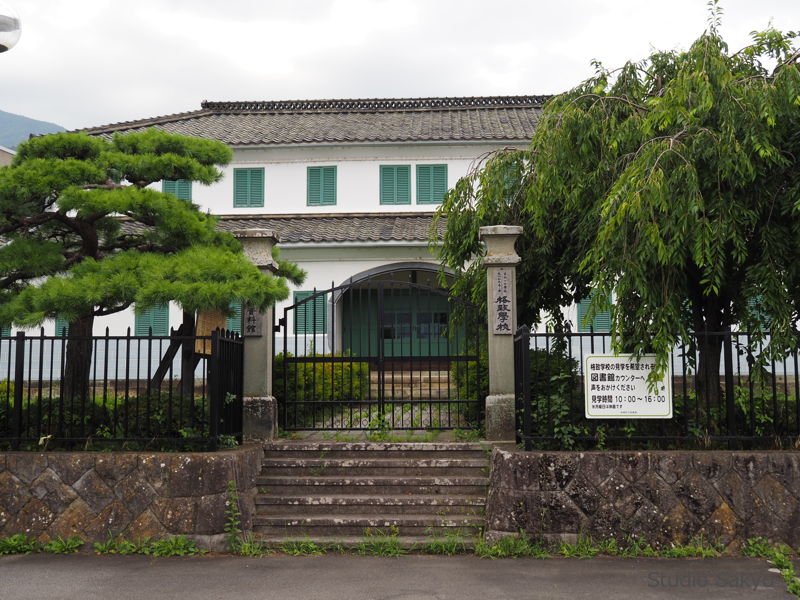
I had no choice but to take a look at the exterior of the building.
It is a school building with white walls and has windows with armored doors. In the center of the building, the wall is hollowed out like an arch, and the entrance is located a little further in.
Trees on either side of the gate prevent me from seeing the entire building. Walking a little to the left from the front, I could see the whole building.
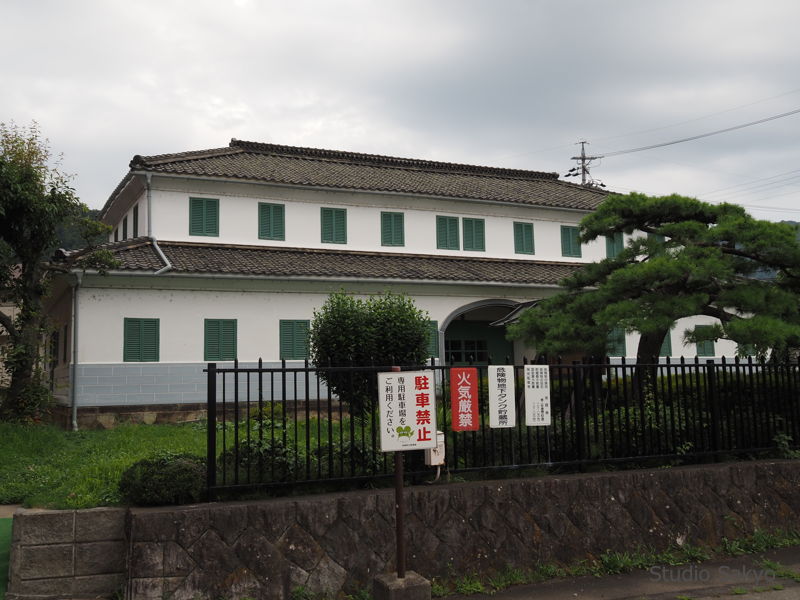
The shape of this school building is characterized by the fact that the second floor is smaller than the first floor.
There are several schools in Nagano Prefecture built in the early Meiji period in a pseudo-Western style, but in general, the size of the first floor and the second floor are the same. (The former Nakagomi Elementary School, built in 1875, and the former Kaichi School, built in 1876, the first and second floors are the same size.)
In the case of Kakuchi School, the second floor is smaller, giving it a Japanese style rather than a Pseudo Western-style.
The porch at the entrance of the former Nakagomi School and Kaichi School, but not of the former Kakuchi School. It is also a factor that makes the building look Japanese style.
In fact, this school building was not originally located here, but was relocated and restored.
The location where the school was built is circled in red on the map. The location where the school was moved to (the current location) is circled in green.
Since the map is current, the roads and other conditions have changed, the boundary of the old village is marked with an orange line.
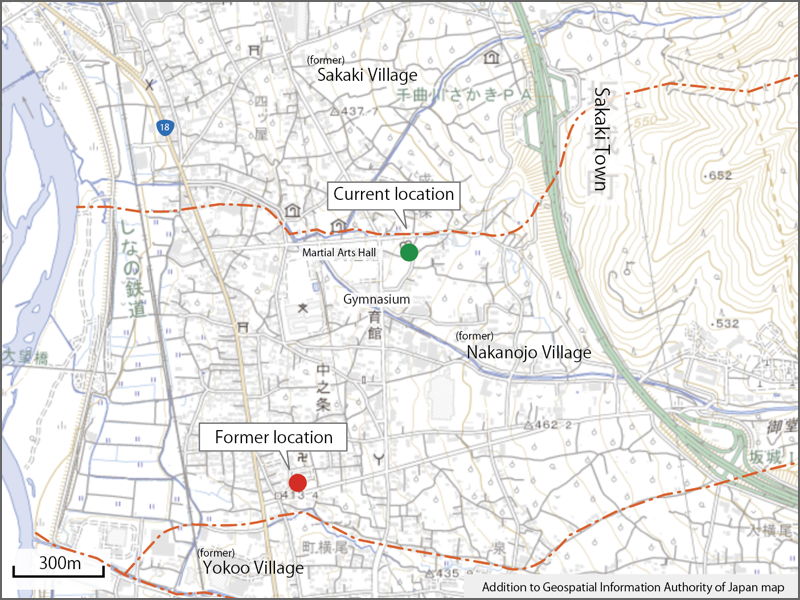
Kakuchi School was jointly established by Nakanojo and Yokoo Villages based on the school system of 1872, and was opened in 1873 with Sainenji Temple as its school building. The following year, the adjacent Ichigyo-ji temple, which had been closed, was renovated and used as a school.
Yokoo Village was merged with Kanai, Shinchi, and Nezumishuku in in 1875 to form Nanjo Village, but children of the Yokoo group in Nanjo Village continued to attend Kakuchi School.
The school building at Ichigyo-ji had become too small, so the decision was made to build an addition. However, it was decided that it would be better to build a new school building than to extend it, so the plan was switched to a new building.
This is how the new school building was built.
Construction of the school building began in 1877 and was completed in September 1878. However, the school building had already been in use since April 1878, and it is said that classes were being held while the exterior walls were painted and interior work was being done.
I went around to the side of the building.
One of the white markers on the left was a sign indicating that the building had been designated a prefectural treasure in 1976. The other was a no smoking sign.
It is hard to tell from the photo, but there is a stone monument erected under a tree on the right.
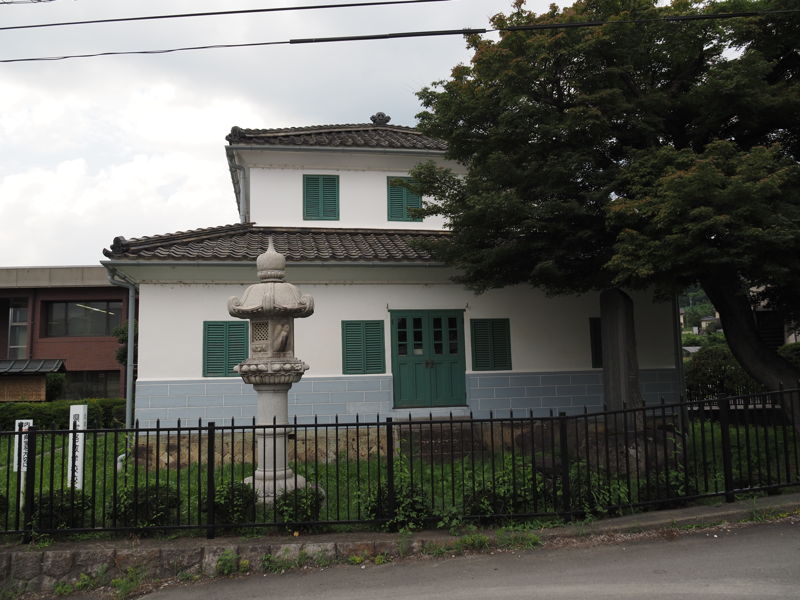
This is the stone monument.
At the top of the monument is written “Monument to Zensaku Tsukada".
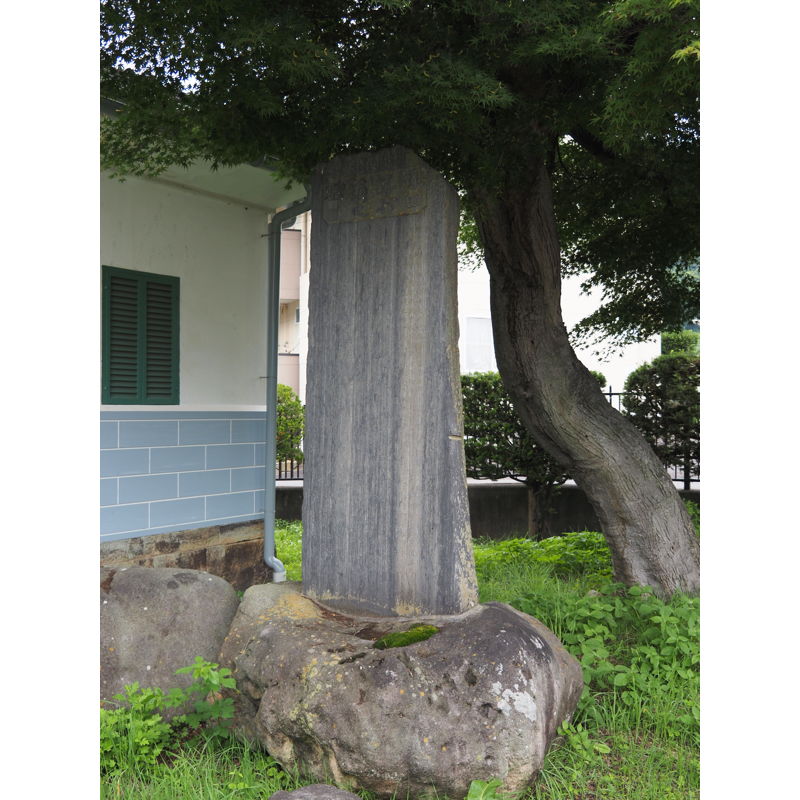
Zensaku Tsukada (1843-1917) was a steward of Gakuchi Gakko, and when building a new school building, he asked for the use of timber from government-owned forests, collected donations, and provided private funds so that the construction costs would not be borne by the villagers.
He continued to work for education, including the development of scholarships, and later served as a village councilor and county councilor.
This monument was erected in 1915.
Back to the history of the school.
In 1886, the school district was revised and the school districts in Nakanojo and Nanjo Villages were combined. The two schools were merged and named Nanjo Elementary School. (Although the schools were merged, the school buildings continued to exist in two locations.)
At this point, the name Kakuchi School disappeared. Shortly thereafter, Nanjo School was renamed Agata School.
However, in 1889, the prefecture decided to have one school district per village. So the schools reverted to two separate schools, Nakanojo School and Nanjo School.
The school building that had been built as a Kakuchi School became Nakanojo Elementary School. From this time on, students from Yokoo-groupe of Nanjo Village, who had been attending Nakanojo School building until then, began to attend Nanjo Elementary School.
In 1907, compulsory education was extended to six years, and the school building became too small, so in 1908, an adjoining lot was purchased and the north school building (one-story, 512 m2) was added.
The layout of the school building as of 1908 was as follows. The school building with six classrooms was built on the north side, and a dotted line was marked on the south side as the site for future construction.
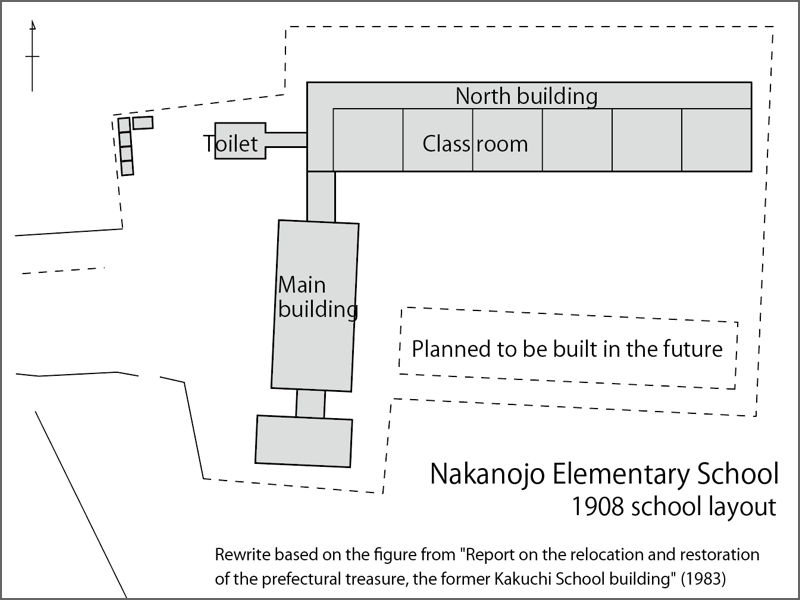
In 1922, Nakanojo Elementary School expanded its campus. In the same year, construction of the 'Hōanden’ began and was completed the following year. (Hōanden is a building that houses the emperor’s portrait.) The portrait of Emperor Taisho was granted to the school in 1915, and that of the Empress in 1916.
In 1941, the school was renamed Nakanojo National School under the National School Ordinance.
In 1942, the one-story North School Building was reconstructed into a two-story building (completed in July).
After the World War II, in 1947, the name of the national school was changed to an elementary school and a junior high school was attached to it.
This is an aerial view from 1947. Since I did not know what the buildings were actually called, I have given them names of my own. (Don’t believe this name because it’s probably not true.)
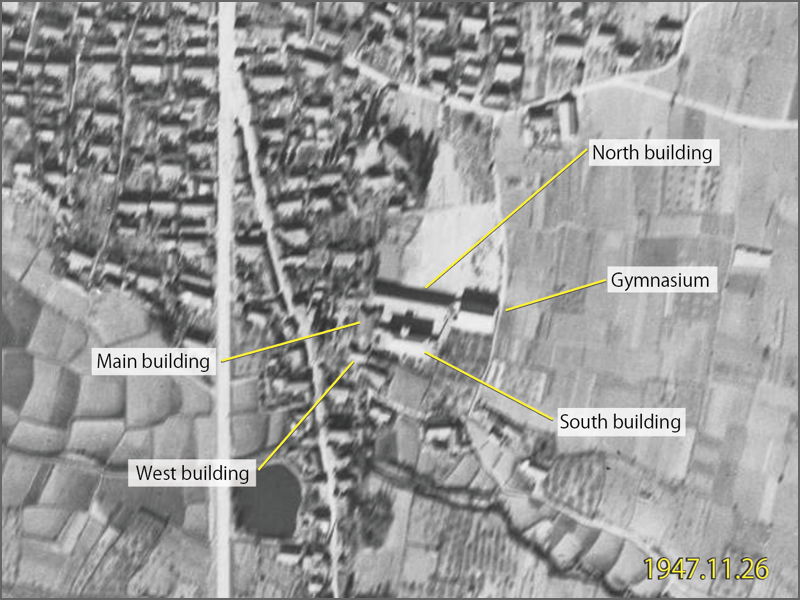
There is a north school building, a south school building, and what appears to be a gymnasium, but I could not find any record of when the south school building and gymnasium were built.
(To be continued)
[Reference]
“Sakaki Town History, Vol. 2 (history 2)" (Sakaki Town History Publication Society/1981)
“Report on the Relocation and Restoration of the Prefectural Treasure, the former Kakuchi School Building" (Sakaki Town/1983)
“Nagano Prefectural History: Art and Architecture Historical Materials Volume 2 (Architecture) Commentary" (Nagano Prefecture / Nagano Prefectural History Publication Association /1990)
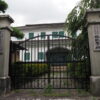
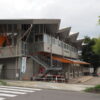
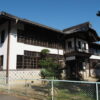
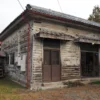
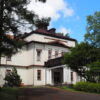
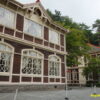
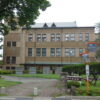
Discussion
New Comments
No comments yet. Be the first one!